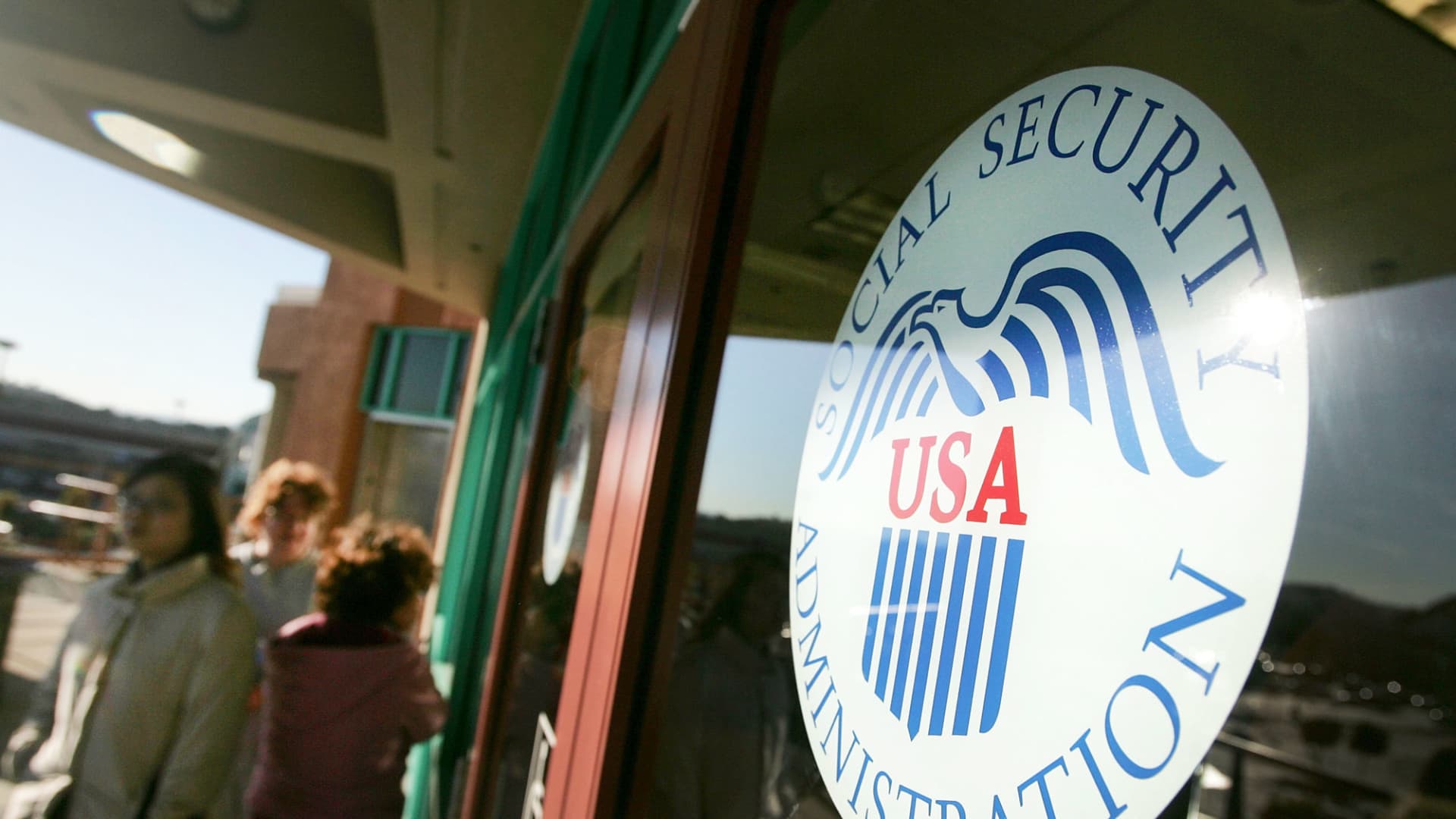The clock is ticking when it comes to implementing changes to shore up Social Security’s funds, which will not be able to pay full benefits in 13 years’ time.
Potential voters are aware of the program’s woes, according to a June survey by Social Security Works and Data for Progress.
To that point, 64% of the survey’s 1,335 respondents are “very concerned” the program will run out of funding to cover full benefits for future generations. Meanwhile, 20% said they are “somewhat concerned” and 10% said they are “only a little bit concerned,” while the remaining 6% are not at all concerned.
More from Personal Finance:
Proposed tax increases a sticking point for fixing Social Security
Bigger Social Security cost-of-living adjustment on tap
Why the Social Security retirement age may move past 67
The poll follows the release of the annual Social Security trustees report last month, which projects the program will only be able to pay 80% of benefits in 2035 if no changes are made before then.
To shore up the program, lawmakers generally have a choice of raising taxes, cutting benefits or a combination of both.
Democrats have proposed a couple of bills that would make benefits more generous largely by raising payroll taxes. Republicans have bristled at the idea of tax increases.
The new poll sought to gauge how Americans may feel about some of the ideas put forward.
Cost-of-living protection is high on wish lists
Consumer prices have soared to record high levels not seen in four decades.
As a result, it comes as no surprise that a proposal to raise Social Security benefits for all beneficiaries to match the rising cost of living drew the strongest support, with 83% of respondents for it, 10% against it and 8% indicating they don’t know (responses were rounded).
Along similar lines, respondents strongly agreed with the idea of having benefits go up with the cost of living.
The survey found 84% of respondents were in favor of this, while 8% opposed and 8% didn’t know.
To be sure, Social Security cost-of-living adjustments already take place every year.
But while those annual changes are measured by one subset of the Consumer Price Index — known as the Consumer Price Index for Urban Wage Earners and Clerical Workers, or CPI-W – Democrats have called for switching to another index.
That measurement – the Consumer Price Index for the Elderly, or CPI-E – is one some argue better measures the costs older Americans pay.
However, some research shows the CPI-E would not necessarily result in a bigger annual benefit boost. The two indexes have had virtually identical average annual increases from 2002 to 2021, according to the Center for Retirement Research at Boston College.
More payroll taxes for people earning $400,000
One proposal put forward by Rep. John Larson, D-Conn., seeks to reapply Social Security payroll taxes on people earning $400,000 and up.
Currently, those taxes – 6.2% paid by both employees and employers – only apply to wages up to $147,000 as of 2022.
Those higher taxes would be used to fund benefit increases.
Of the survey respondents, 76% said they are for these changes, while 14% oppose them. The remaining 10% were undecided.
Of note, Sens. Bernie Sanders, I-Vt., and Elizabeth Warren, D-Mass., have proposed a different bill that would reapply Social Security payroll taxes for earnings over $250,000, among other tax increases.
“We support expansions with no cuts, and there are lots of different ways to expand,” said Nancy Altman, president of Social Security Works. “Given the retirement income crisis, we need to expand quite substantially.”
Higher benefits and other proposals
Unsurprisingly, the idea of raising benefits across the board for all beneficiaries also drew strong support, with 77%. At the same time, 15% oppose the idea and 8% were undecided.
The survey also gauged people’s willingness to embrace other changes Democrats have put forward, including setting the minimum benefit at 25% above the poverty line, improving benefits for widows and widowers and ensuring teachers, firefighters and police do not have their benefits reduced because Social Security taxes weren’t always withheld from their pay checks.
While those measures and others to make benefits more generous also received strong support, it remains to be seen what mix of changes politicians from both sides of the aisle can agree on.
Notably, Social Security reform legislation cannot be pushed through via a one-party majority. Both parties will have to sign off on any changes that go into effect.
Another recent survey from University of Maryland’s Program for Public Consultation gave respondents a policy simulation where they could see the trade-offs of how certain changes affected the program.
Respondents tended to spread their choices to include some revenue increases and some budget cuts, according to the results. Most didn’t max out one side or the other.
Like this survey, however, respondents were also strongly in favor of reapplying the Social Security payroll tax for wages of more than $400,000.
